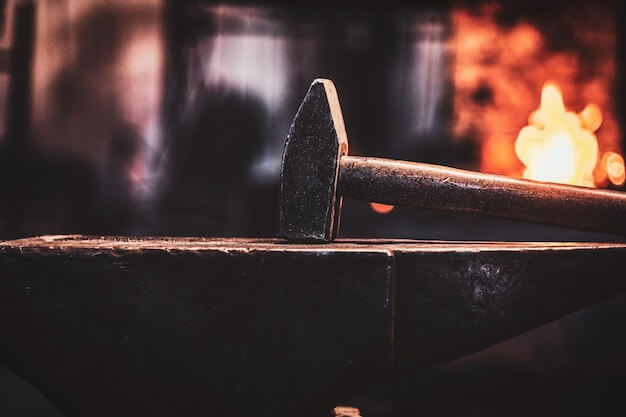Computer Numerical Control (CNC) machining has drastically changed industrial manufacturing processes. Its precise, automated nature plays a crucial role in creating intricate designs out of various materials, from metal to plastic. One technique that further enhances the potential and efficiency of CNC machining is bead blasting.
Bead blasting, also known as glass bead or shot blasting, pertains to a mechanical surface treatment method utilized for cleaning, refining, strengthening, or polishing material surfaces. This process involves propelling small spherical beads at high speed onto the surface of a part being machined by CNC equipment. The resulting impact enhances the product’s surface finish, providing it with an even, matte texture.
Used extensively across the aerospace, automotive, and medical industries, bead blasting opens up an array of benefits in CNC machining. It improves corrosion and wear resistance, prevents contamination, reduces costs associated with post-production finishing, and elevates aesthetic appeal – contributing significantly to fully optimized and consistent outputs.
Moreover, its non-destructive nature ensures that the base material remains uncompromised during processing, retaining integral structure, shape, and size—attributes esteemed highly in precision-oriented fields like aviation and medicine.
The success of bead blasting within CNC machining lies fundamentally on the perfect blend of four critical factors – media choice, machine settings, part preparation, and proper handling and safety procedures.
Choosing the correct blasting media represents the first step towards ensuring successful bead blasting outcomes. Glass beads are predominantly chosen due to their uniform size and shape properties allowing for a controlled and consistent impact on the surface. Also, they pose less risk of material distortion because of their low cutting power compared to alternatives such as steel grit.
Machine settings play pivotal roles in delivering optimal bead blasting results. As variations exist in terms of hardness and structural integrity among different materials, equipment parameters must be adjusted accordingly. Propelling velocity, pressure settings, and blasting nozzle angle and distance from the surface all significantly factor into achieving even, desired finishes.
Proper part preparation emphasizes that parts should be free from oil, grease, or other contaminants before bead blasting. It ensures adherence of blasted media onto a clean surface for consistent and efficient results.
Finally, safety can never be undermined throughout CNC machining operations. Bead blasting calls for operating within well-ventilated areas with due protective measures such as gloves and face masks in place to avoid exposure to potential dust hazards.
In conclusion, when performed correctly, bead blasting serves an integral role not only in enhancing CNC machined parts’ aesthetic appeal but also in improving their functional performance and longevity. Its compatibility across diverse materials adds versatility to its arsenal making it an essential finishing process within industrial manufacturing settings.
A commitment to understanding and mastering bead blasting techniques allows manufacturers to unlock new possibilities with CNC machining. The harnessing of both high-tech industry perspectives is positioned at the crux between innovation and efficiency – empowering manufacturers worldwide to drive product excellence in accordance with the evolving demands of modern consumers.
Other Articles You Might Enjoy
- Ceramic Tooling in CNC Machining: Breaking the Myths About Durability and Performance?
CNC Machining and Ceramic Tooling: Busting the Myths Computer Numerical Control (CNC) machining is an advanced method of manufacturing where pre-programmed software controls the movement of factory machinery, giving intricate…
- Innovative CNC Machining for Advanced Sporting Goods
Innovative CNC Machining for Advanced Sporting Goods CNC machining, or Computer Numerical Control machining, is a high-precision manufacturing process where pre-programmed computer software dictates the movement of factory machinery and…
- Custom CNC Machining Solutions for Brass and Stainless Steel
Introduction to Custom CNC Machining Solutions for Brass and Stainless Steel Custom CNC (Computer Numerical Control) machining is a manufacturing process that involves programmed codes directing the movement of factory…









